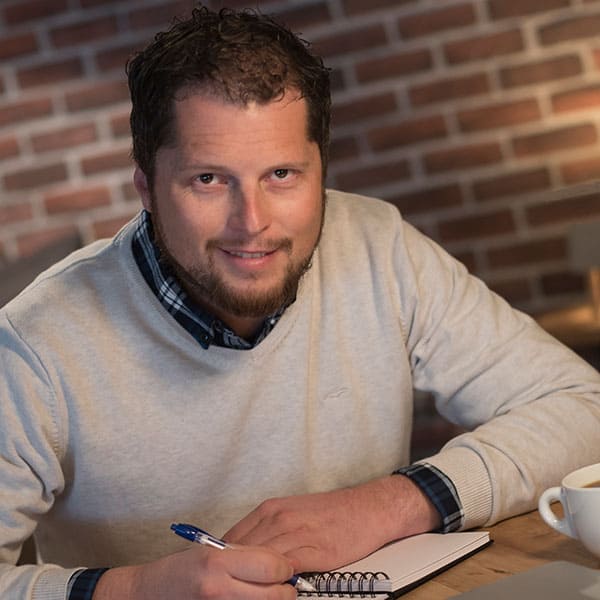Speech therapy is used for assessing and treating the problems related to communication and speech. It is performed by the special speech therapists who are known as speech-language pathologists.
Most people believe that speech therapy is used for those children who have trouble in articulation or have stuttering issues but speech therapy handles many other issues. Many people take speech therapy to overcome their speech issues at any stage. The speech therapists which are known as speech-language pathologists use different speech therapy techniques to help clients.
Who is A speech-language pathologist?
Speech-language pathologists have a Master’s degree in speech-language pathology and a license by their respective state and clinical experience in this field to become a professional speech-language pathologist. They work with people of all ages to improve their communication skills and also treat speech or language disorders.
When does speech therapy is conducted?
There are several disorders related to speech and language difficulties that require speech therapy. These disorders include;
- Articulation Disorder:
Articulation is the process by which a person pronounces words with the help of tongue, jaw, lips, palate, and teeth. When a person can not produce the right sounds to communicate with others he is said to have an articulation disorder. For example, a child with an articulation disorder may say wabbit instead of a rabbit or wood instead of food.
- Diffluent speech:
Diffluent speech means there is no fluency of speed or rhythm in speech. Stuttering and cluttering come under this category. In stuttering, a person is not able to produce words fluently; rather he has a rapid rate of speech, repeats words, or has a broken speech.
Whereas in cluttering the person has a fast or irregular rate of speech but due to merging words it is not able to understand what the person is trying to say.
- Expressive disorder:
This disorder is related to difficulty in expressing the information. They have difficulty in producing accurate information as they use incorrect tenses. This disorder is linked with down syndrome or developmental impairment due to brain injury or trauma.
- Cognitive communication problems:
When the person’s ability to think is affected due to brain injury then the person has several cognitive issues such as memory loss, difficulty in problem solving, and trouble in listening or speaking. It can also occur by biological reason due to abnormal brain growth, trauma, and stroke.
- aphasia:
This is another speech disorder in which a person is not able to read or write and unable to understand others. It occurs due to brain injury due to stroke or other neurological conditions.
- Dysarthria:
This condition occurs when your muscles which are used for speaking are so weak that you can not control them in order to speak. So in result, a slurred occurs which is not understandable. This condition occurs due to some conditions which cause weakness of the throat or tongue muscles. Such conditions include multiple sclerosis or stroke etc.
What happens in speech therapy?
At the initial stage, the SLP discovers the type of communication disorder or problem with your child or a student. After the diagnosis of the problem its root cause is discovered and which treatment will work is determined.
The treatment for kids may work either in one on one sessions, group sessions, or in classroom sessions.
The speech therapy includes some strategies and activities which may vary depending on the child’s age and demand of the disorder.
Let us describe a few of such techniques which are used by SLP’s in this therapy:
- Speech therapy for articulation
This therapy helps people with articulation disorders. It helps them to produce certain sounds correctly and allow them to articulate different parts of speech effectively.
- Therapy for aphasia
Since aphasia refers to dysfunction in speaking, reading, or understanding others, the aim of speech therapy is to improve their reading, speaking, writing, and listening skills. They are asked to perform certain exercises to regain speaking skills.
- Therapy for stuttering
Stuttering is considered to be a behavioral problem related to speech. It can occur in childhood in most people although some may also develop it in their adulthood. Some behavior modification techniques are taught to children in order to overcome their stuttering in speech. Then they are asked to speak slowly to avoid stuttering during a fast speech. Practicing these techniques helps maintain a normal speech
- Speech therapy for language intervention
The main focus of this therapy is to teach how to pronounce words properly. It is conducted on children with delayed speech or with adults who have lost speech fluency due to some neurological condition after trauma. After taking this therapy and practicing the told exercises and homework, the person gains speech abilities.
- Oral motor speech therapy:
This therapy is conducted on those people who lose speech ability due to the dysfunctionality of their muscles in the mouth area usually after an injury to facial muscles. In the therapy, certain exercises are performed which strengthens facial muscles which in result helps them to control their speech.The success rate of speech therapy depends on the age group of patients. On children, if it is conducted at the early stages then it proves to be the most effective to overcome speech disorders among children. It is also highly recommended that the given homework exercises or activities are performed at home under the guidance of parents. For adults, if they do perform the recommended exercises and activities the success rate of the therapy is increased.
